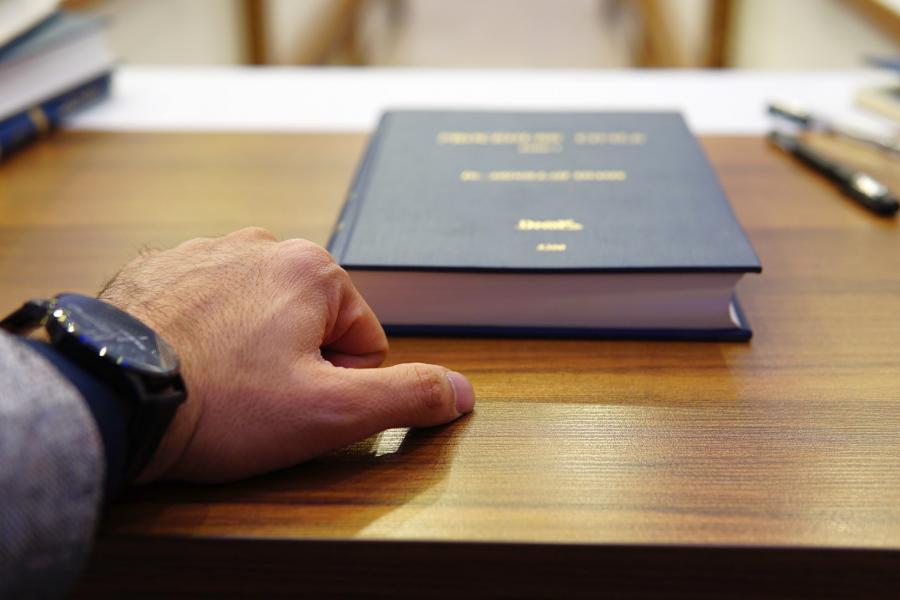Pennsylvania Laws on Car Accidents: Requirements, Statute of Limitations, and More
The Pennsylvania Department of Transportation, in 2020, estimated the number of car accidents that occurred in the state to be 104,475. Of these, 1,129 individuals died, while 61,248 people were hurt. The laws guiding car accidents in the state determine what victims can do after a crash.
If you or a loved one were involved in a car accident in Pennsylvania, you need to know what to do. Hence, this article explains how the rules guiding car accidents in Pennsylvania work. Knowing the Pennsylvania car accident laws can help you understand your legal rights and potential for recovering damages.
Minimum Requirements for Liability Insurance
Pennsylvania law requires all vehicle owners to insure their vehicles, including cars, motorcycles, RVs, trucks, vans, and buses. Drivers must have at least 15,000 dollars and 30,000 per person and accident, respectively, in bodily injury liability coverage. Additionally, they must have at least 5,000 dollars in property damage liability insurance, although drivers are often admonished to have more than this minimum.
This auto insurance coverage takes care of the mishaps of a driver or policyholder who causes a collision that hurts others. That means if a driver with liability insurance causes a crash, their liability insurance will pay the victim’s damages and the driver’s legal bills. Drivers are advised to have more than the minimum insurance policy because their insurer will not cover excess losses above policy limits.
When to Report a Crash to the Police in Pennsylvania
Pennsylvania car accident laws require that all accidents be reported before the statute of limitation expires, which is two years. Accidents to be reported include one that occurred on a road open to the public and resulted in someone getting injured or killed. You should also report accidents involving a damaged vehicle so severely it can no longer be driven without further damage.
On the other hand, you cannot report crashes where no one died or is injured or no vehicle requires towing. Also, crashes on private property which were deliberate or occurred due to a landslide, tornado, or other natural disaster.
“Overall, you should always report a crash to help the police write an incident report and use it as evidence. This evidence is invaluable to victims, particularly when both parties cannot agree on who should cover property damage,” says accident attorney Jeffrey Lowenthal.
Pennsylvania Car Accidents and Determining Fault
There are fault states where the driver that caused the collision pays damages to the victims. There are also no-fault states, where each driver recovers compensation regardless of who is to blame for the crash. However, Pennsylvania is a choice no-fault state – meaning drivers can choose or not choose the no-fault system.
Drivers can choose the no-fault system by choosing limited tort coverage, which comes with affordable insurance premiums. However, motorists can only recover damages such as out-of-pocket expenses for accidents involving more minor injuries. They could not claim compensation for damages such as pain and suffering unless they sustained severe injuries.
Conversely, when drivers opt out of the no-fault system, they choose full tort coverage. Here, an individual or victim can pursue a claim against the at-fault driver who caused their injuries – in or out of court.
Conclusion
Car accident laws vary in each state; the one we just discussed is Pennsylvania’s. If you were hurt in a vehicle crash, you should get an experienced car accident lawyer. The right and knowledgeable lawyer may help guide you on the available types of compensation and whether you have a shot at receiving any.
More to Read:
Previous Posts:






